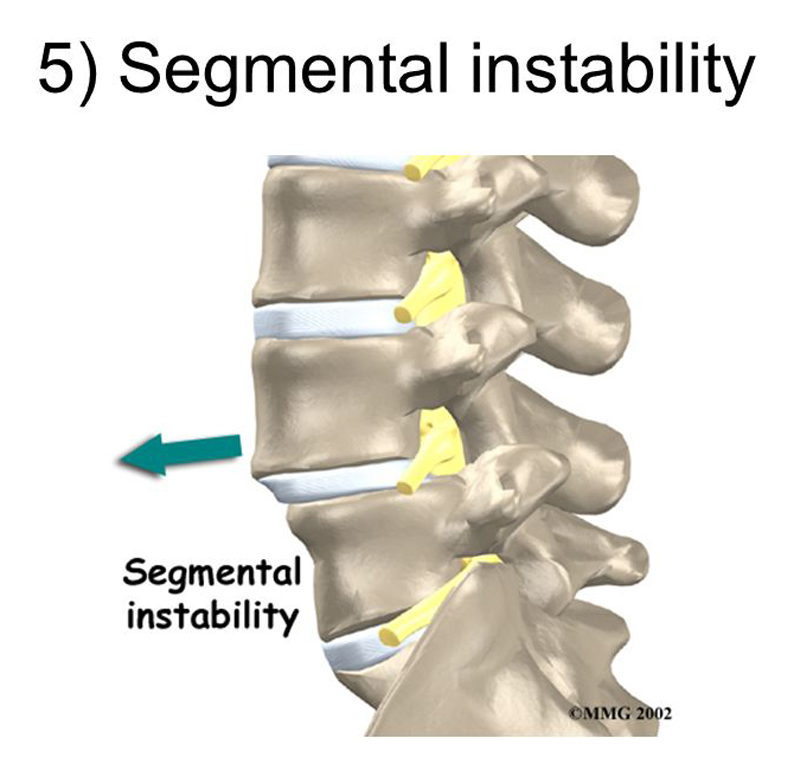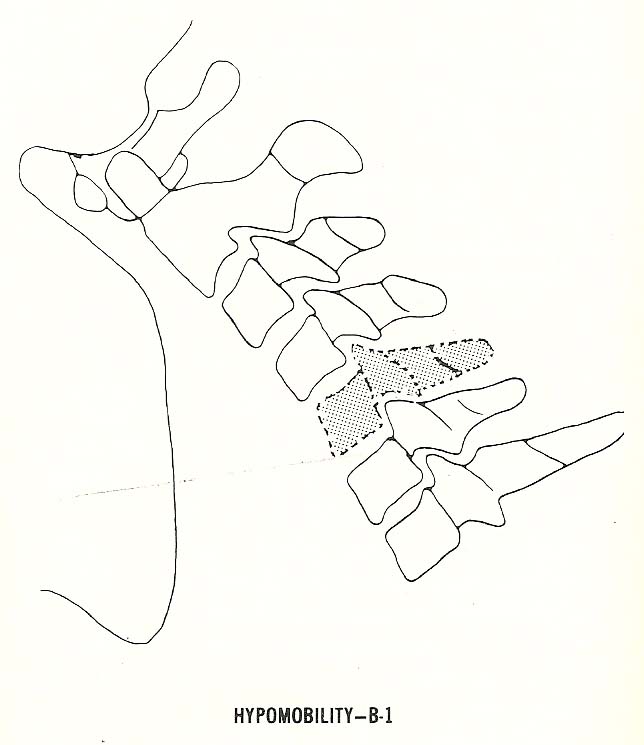Examining Clinical Opinion and Experience Regarding Utilization of Plain Radiography of the Spine: Evidence from Surveying the Chiropractic Profession
Examining Clinical Opinion and Experience Regarding Utilization of Plain Radiography of the Spine: Evidence from Surveying the Chiropractic Profession
SOURCE: J Clinical Medicine 2023 (Mar 10); 12 (6): 2169
| OPEN ACCESS |
Philip A Arnone, Steven J Kraus, Derek Farmen, Douglas F Lightstone, Jason Jaeger, Christine Theodossis
Community Based Internship Program, Associate Faculty,
Southern California University of Health Sciences,
Whittier, CA 90604, USA.

FROM: Umeå University, Sweden 2008
Plain Radiography of the spine (PROTS) is utilized in many forms of healthcare including the chiropractic profession; however, the literature reflects conflicting opinions regarding utilization and value. Despite being an essential part of Evidence-Based Practice (EBP), few studies assess Doctors of Chiropractic (DCs) clinical opinions and experience regarding the utilization of (PROTS) in practice. In this study, DCs were surveyed regarding utilization of PROTS in practice. The survey was administered to an estimated 50,000 licensed DCs by email. A total of 4,301 surveys were completed, of which 3,641 were United States (US) DCs. The Clinician Opinion and Experience on Chiropractic Radiography (COECR) scale was designed to analyze survey responses. This valid and reliable scale demonstrated good internal consistency using confirmatory factor analysis and the Rasch model.
There are more articles like this @ our:



